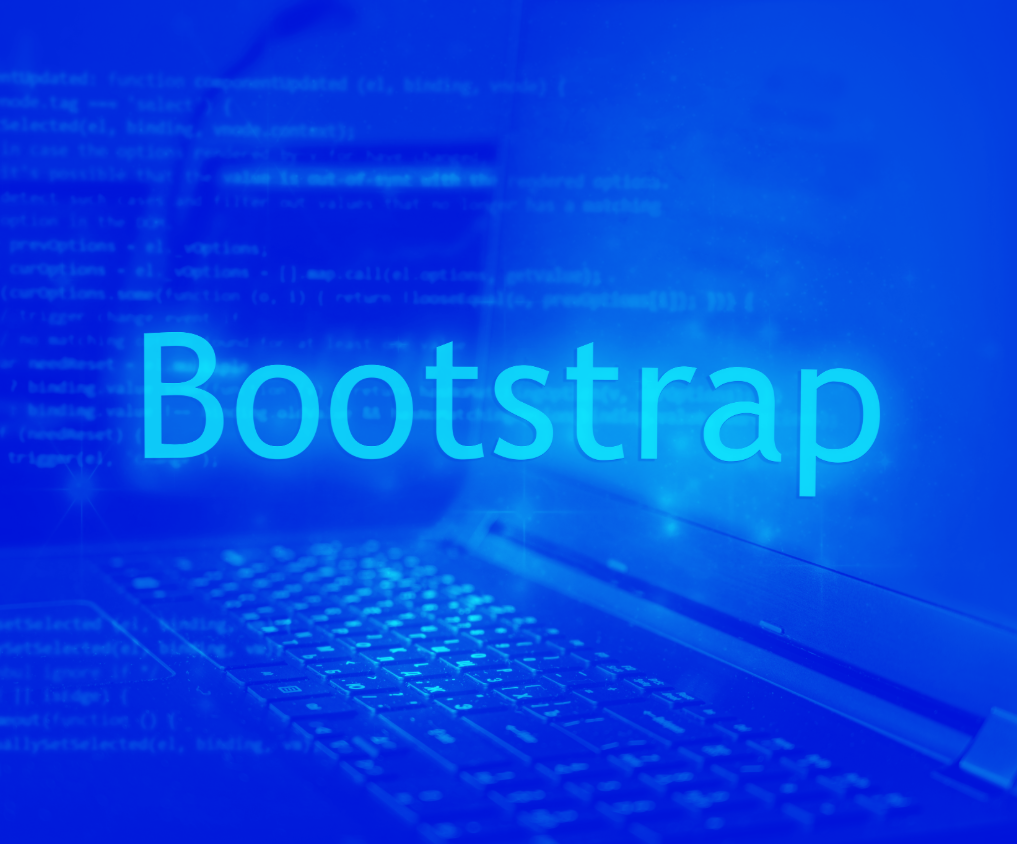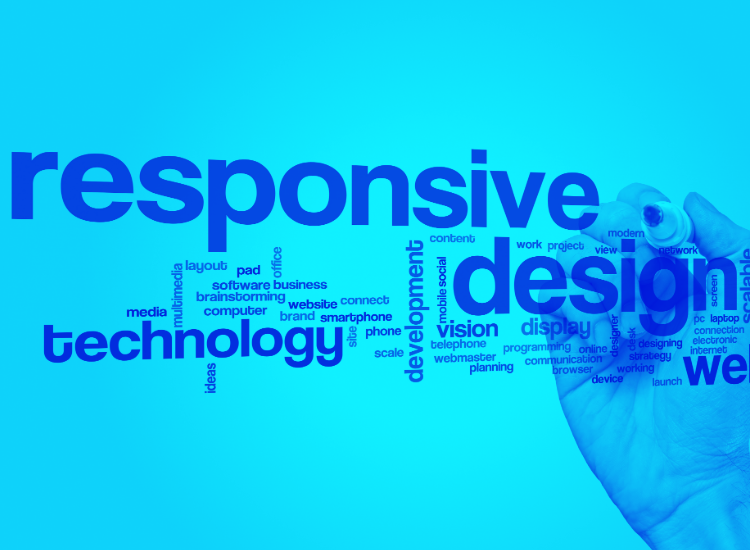Unveiling the Power of Ruby on Rails: A Comprehensive Guide
By Creative Designs By CCW · March 9, 2024 ·Introduction:
In the realm of web development, choosing the right framework can significantly impact the efficiency, scalability, and maintainability of your projects. Among the plethora of options available, Ruby on Rails stands out as a robust and elegant framework that has revolutionized the way web applications are built. In this guide, we'll delve into the world of Ruby on Rails, exploring its history, key features, benefits, and why it continues to be a top choice for developers worldwide.
A Brief History:
Ruby on Rails, often simply referred to as Rails, was created by David Heinemeier Hansson (DHH) in 2004 while working on the code base for Basecamp, a project management tool. It was extracted from the Basecamp project and released as open-source software, gaining rapid popularity within the developer community for its emphasis on convention over configuration, productivity, and elegant syntax.
Key Features:
- Convention over Configuration: Ruby on Rails follows the principle of convention over configuration, which means that developers can achieve significant productivity gains by adhering to a set of conventions rather than having to configure every aspect of the application.
- MVC Architecture: Rails embraces the Model-View-Controller (MVC) architectural pattern, separating the application logic into three interconnected components, thereby promoting code organization, maintainability, and scalability.
- Active Record: Rails includes an Object-Relational Mapping (ORM) framework called Active Record, which simplifies database interactions by abstracting database tables into Ruby objects, enabling developers to perform database operations using intuitive Ruby syntax.
- DRY (Don't Repeat Yourself) Principle: Ruby on Rails encourages adherence to the DRY principle, minimizing code duplication and promoting code reuse through the use of modular components, partials, and helpers.
- Built-in Testing Framework: Rails comes with robust testing tools, including support for unit testing, integration testing, and system testing, allowing developers to ensure the reliability and quality of their applications through automated testing.
- Gem Ecosystem: Rails leverages the power of RubyGems, a package manager for Ruby libraries and dependencies, providing access to a vast ecosystem of gems that extend the framework's functionality and streamline development tasks.
Benefits:
- Rapid Development: With its emphasis on convention over configuration and built-in code generation tools, Ruby on Rails enables developers to build web applications quickly and efficiently, reducing development time and cost.
- Scalability: Rails is designed to scale effortlessly, allowing applications to handle increasing traffic and data volumes with minimal architectural changes, thanks to its modular design and support for caching, background processing, and clustering.
- Community and Documentation: Ruby on Rails boasts a vibrant and supportive community of developers, contributors, and enthusiasts, who actively contribute to its ecosystem by creating tutorials, guides, plugins, and libraries, making it easy for newcomers to learn and get started
- Industry Adoption: Many successful startups and established companies, including GitHub, Airbnb, Shopify, and Basecamp, have built their applications using Ruby on Rails, demonstrating its suitability for a wide range of use cases and industries.
- Flexibility: While Rails follows a set of conventions, it also provides flexibility for developers to deviate from these conventions when necessary, allowing for customization and extension to meet specific project requirements.
Conclusion:
Ruby on Rails continues to be a powerhouse in the world of web development, combining elegance, productivity, and scalability into a single framework. Whether you're a seasoned developer or just starting your journey in web development, exploring Ruby on Rails can unlock new possibilities and streamline your development workflow. As the web landscape evolves, Rails remains a timeless choice for building robust and maintainable web applications. Whether you're building a simple blog or a complex e-commerce platform, Ruby on Rails empowers you to bring your ideas to life with speed, confidence, and elegance. So why wait? Dive into the world of Ruby on Rails and unleash your creativity today!








